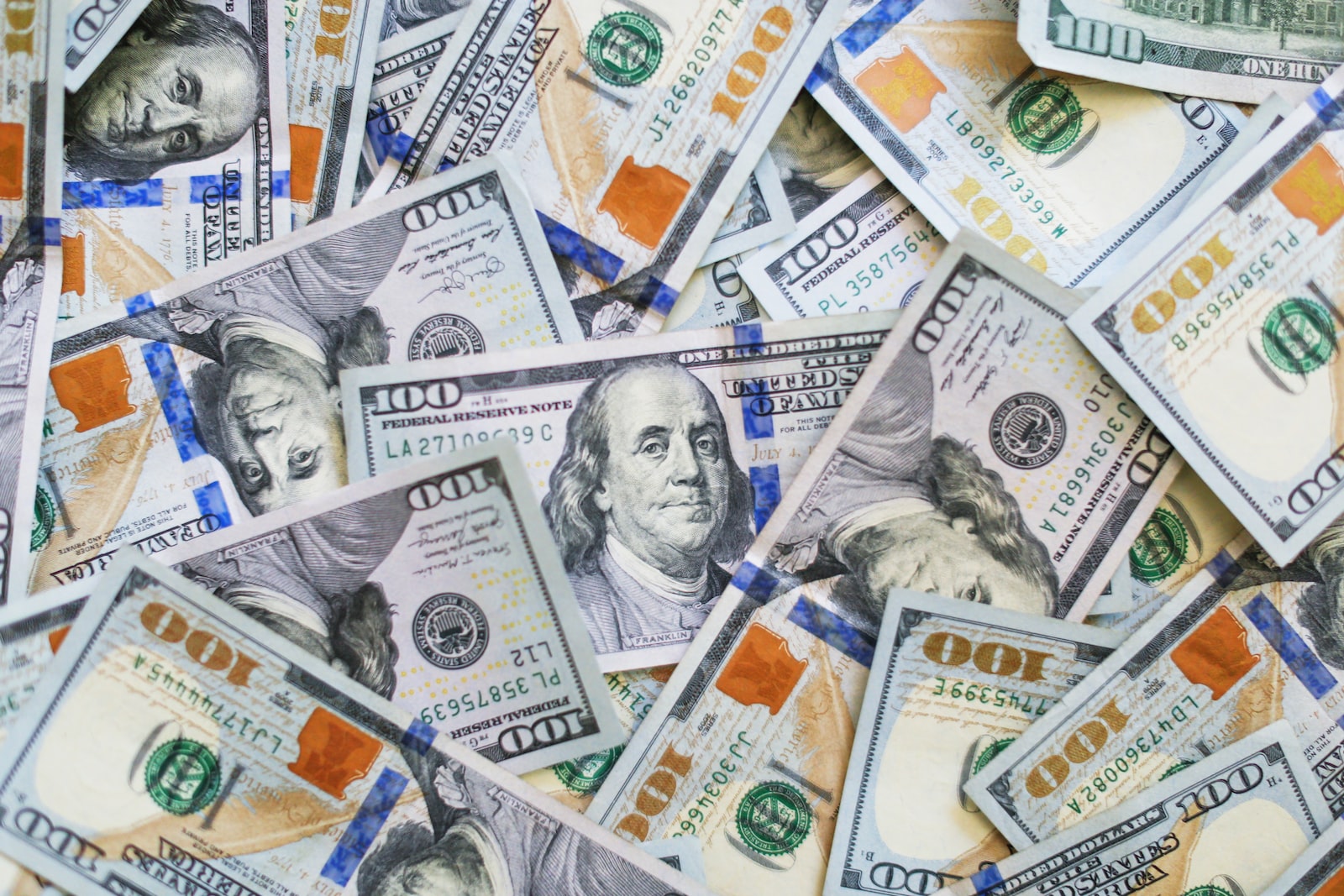EURUSD Outlook for H1 2023
The outlook for the EURUSD in the first half of 2023 is largely dependent on economic factors and related monetary policy decisions. This could change if the Eurozone economy continues to improve at a faster pace and the US economy struggles.
Factors To Watch
There are several factors to take into account when predicting the outlook for the EURUSD in the first-half of 2023.
- GDP Growth – Any signs of an economic recovery in the Eurozone would likely be bullish for the EURUSD, while a slowdown in the US economy could see it move lower.
- Monetary Policy – The European Central Bank is likely to maintain an accommodative monetary policy, while the US Federal Reserve may tighten if the economy continues to improve. This could cause the EURUSD to move higher.
- Inflation – Inflation expectations are an important factor for currencies, as higher inflation can lead to devaluation of a currency. The outlook for inflation in the Eurozone and the US will be important for predicting the outlook for the EURUSD.
- Geopolitical Risks – Political turmoil and increased tensions in the Eurozone could put downward pressure on the EURUSD.
Outlook
Overall, the outlook for the EURUSD in the first-half of 2023 remains uncertain. If the Eurozone economy continues to improve, the exchange rate could move higher, while a slowdown in the US economy could cause it to move lower. Economic indicators and geopolitical risks will be something to watch closely as they could have a major impact on the EURUSD in the coming months.
What is the expected EURUSD exchange rate for H1 2023?
It is impossible to predict the exact EURUSD exchange rate for the H1 of 2023. Foreign exchange rates can vary widely based on economic forces and geopolitical events, so it is impossible to predict the currency rate with any accuracy.
The EURUSD outlook for the first half of 2023 suggests an uptick against the US Dollar in the major currency pair. Recent trends show the Euro is gaining traction against its counter part, due mainly to the past performance of the European Central Bank (ECB) and the euro area economic expansion.
The ECB’s decision to end its bond-buying program, also known as quantitative easing, is seen as a move that will further stabilize the euro in the near-term. This could be a crucial element for the EURUSD pair over the first half of 2023, as the Euro remains one of the main safe-haven assets when uncertainty reigns.
The euro area economy, too, is celebrated for its continued growth in the past year; GDP growth is estimated to be 3.4%, the highest since 2011. Healthy GDP rates typically make a currency more attractive, and it appears the Euro does indeed benefit from the region’s revival.
Apart from the euro zone’s economic achievements, other global factors can also lend the EURUSD pair support. Tensions between the US and China, if further escalated, could put downward pressure on the US Dollar as investors move their funds out of the greenback and into higher-yielding assets, such as the Euro.
Although market analysts agree that the outlook of the EURUSD pair looks rather positive in the first half of 2023, there are still some potential adversaries. The euro will remain vulnerable to persisting trade tensions and risk aversion, as well as political uncertainty in Europe, including the upcoming French and German elections.
However, for now, the main takeaway is that the EURUSD is expected to remain in consolidation mode in the near-term, with possible bouts of volatility. Many experts are confident of a further uptick for the currency pair well into the first half of 2023.
